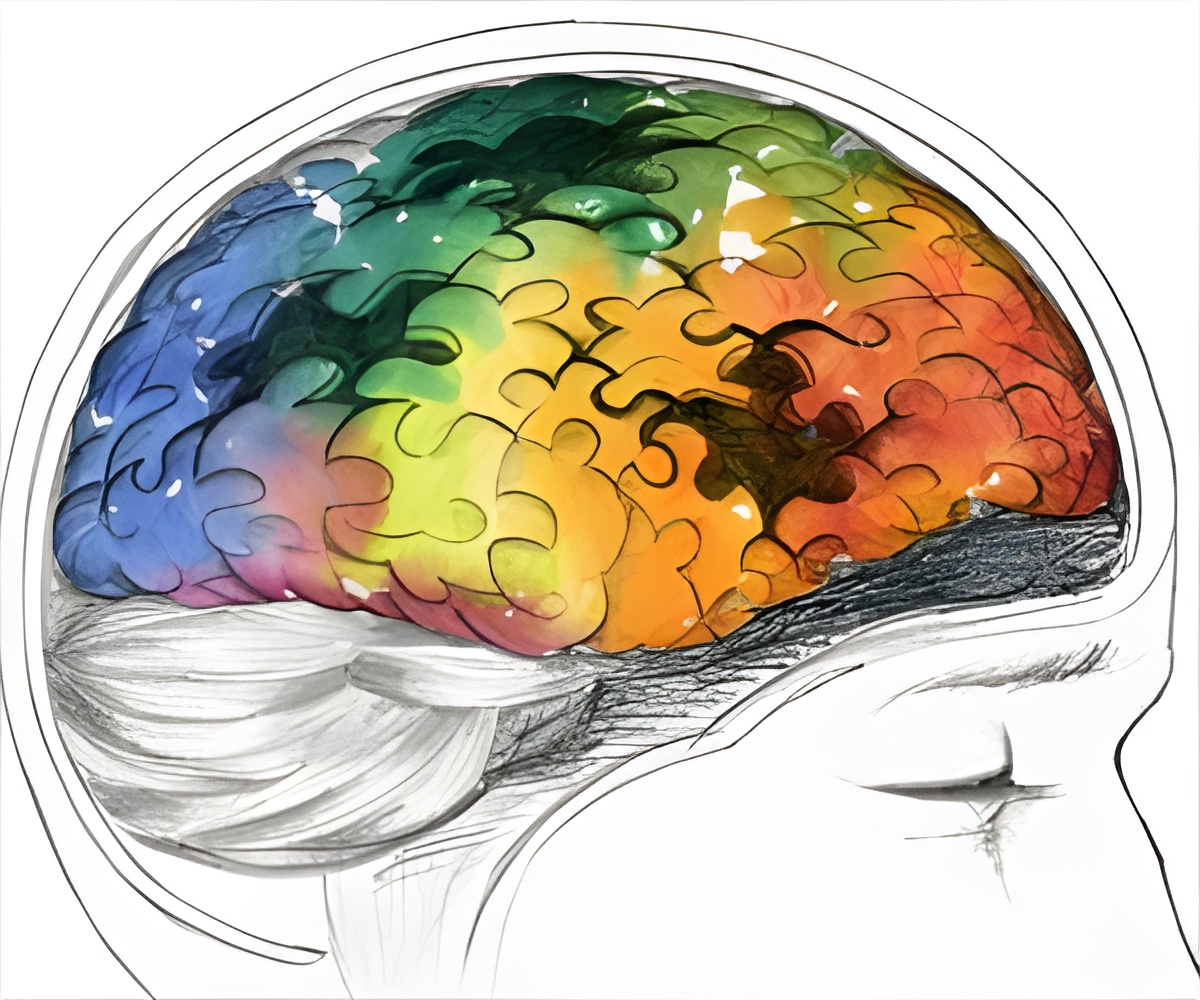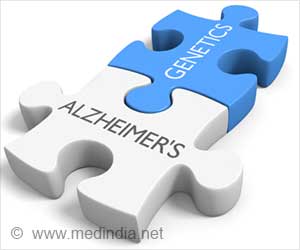Dopamine induces neprilysin release which reduces amyloid beta deposits and improves cognitive function in Alzheimer’s disease.

The dopaminergic system promotes neprilysin-mediated degradation of amyloid-β in the brain
Go to source).
Neprilysin Role in Alzheimer’s Disease
Study, published in Science Signaling, demonstrates that dopamine treatment in mice with Alzheimer’s not only alleviates brain symptoms but also enhances memory. The study highlights dopamine's role in boosting neprilysin production - an enzyme that breaks down the toxic brain plaques characteristic of Alzheimer’s. If these findings are replicated in human trials, they could pave the way for groundbreaking treatment strategies for the disease.‘Potential biomarkers like neprilysin helps in early diagnosis and intervention of #Alzheimer’s disease, where early treatment can reduce disease progression.#memoryloss #neurodegenerative #medindia’





While genetically manipulating mice to produce neprilysin is useful experimentally, to treat people with the disease, we need a way to do it using medication. Neprilysin pills or an injection are not feasible because it cannot enter the brain from the blood stream. The first step in the new study was therefore a tedious screening of many molecules to determine which ones can naturally upregulate neprilysin in the correct parts of the brain. The team’s previous research led them to narrow down the search to hormones produced by the hypothalamus, and they discovered that applying dopamine to brain cells cultured in a dish yielded increased levels of neprilysin and reduced levels of free-floating beta-amyloid.Designer Receptors Exclusively Activated by Designer Drugs (DREADD) System
Now the serious experiments began. Using a DREADD system, they inserted tiny designer receptors into the dopamine producing neurons of the mouse ventral tegmental area. By adding a matching designer drug to the mice’s food, the researchers were able to continuously activate those neurons, and only those neurons, in the mouse brains. As in the dish, activation led to increased neprilysin and decreased levels of free-floating beta-amyloid, but only in the front part of the mouse brain. But could the treatment remove plaques? Yes. The researchers repeated the experiment using a special mouse model of Alzheimer’s disease in which the mice develop beta-amyloid plaques. Eight weeks of chronic treatment resulted in significantly fewer plaques in the prefrontal cortex of these mice.The DREADD system is an incredible system for precise manipulation of specific neurons. But it is not very useful for human clinical settings. The final experiments tested the effects of Levodopa (L-DOPA) treatment. L-DOPA is a dopamine precursor molecule often used to treat Parkinson’s disease because it can enter the brain from the blood, where it is then converted into dopamine. Treating the model mice with L-DOPA led to increased neprilysin and decreased beta-amyloid plaques in both frontal and posterior parts of the brain. Model mice treated with L-DOPA for 3 months also performed better on memory tests than untreated model mice.
Tests showed that neprilysin levels naturally decreased with age in normal mice, particularly in the frontal part of the brain, perhaps making it a good biomarker for preclinical or at-risk Alzheimer’s disease diagnoses. How dopamine causes neprilysin levels to increase remains unknown, and is the next research topic for Saido’s group. “We have shown that L-DOPA treatment can help reduce harmful beta-amyloid plaques and improve memory function in a mouse model of Alzheimer’s disease,” explains Watamura Naoto, first author of the study. “But L-DOPA treatment is known to have serious side effects in patients with Parkinson’s disease. Therefore, our next step is to investigate how dopamine regulates neprilysin in the brain, which should yield a new preventive approach that can be initiated at the preclinical stage of Alzheimer’s disease.”
Reference:
- The dopaminergic system promotes neprilysin-mediated degradation of amyloid-β in the brain - (https://www.science.org/doi/10.1126/scisignal.adk1822)
Advertisement










